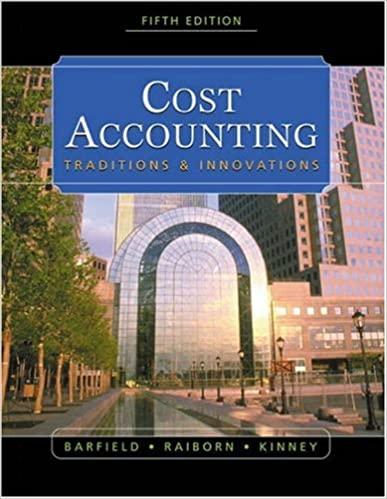30. (Job cost and pricing) Jason Hart is an attorney who employs a job order costing system...
Question:
30. (Job cost and pricing) Jason Hart is an attorney who employs a job order costing system related to his client engagements. Hart is currently working on a case for Janice Keene. During the first four months of 2001, Hart logged 85 hours on the Keene case.
In addition to direct hours spent by Hart, his secretary has worked 14 hours typing and copying 126 pages of documents related to the Keene case.
Hart’s secretary works 160 hours per month and is paid a salary of $1,800 per month. The average cost per copy is $0.04 for paper, toner, and machine rental.
Telephone charges for long-distance calls on the case totaled $165.50. Last, Hart has estimated that total office overhead for rent, utilities, parking, and so on, amount to $7,200 per month and that, during a normal month, he is at the office 120 hours.
a. Hart feels that his time, at a minimum, is worth $40 per hour, and he wishes to cover all direct and allocated indirect costs related to a case.
What minimum charge per hour (rounded to the nearest dollar) should Hart charge Keene? (Hint: Include office overhead.)
b. All the hours that Hart spends at the office are not necessarily billable hours. In addition, Hart did not take into consideration certain other expenses such as license fees, country club dues, automobile costs, and other miscellaneous expenses, when he determined the amount of overhead per month. Therefore, to cover nonbillable time as well as other costs, Hart feels that billing each client for direct costs plus allocated indirect costs plus 50 percent margin on his time and overhead is reasonable. What will Hart charge Keene in total for the time spent on her case?
Step by Step Answer:

Cost Accounting Traditions And Innovations
ISBN: 9780324180909
5th Edition
Authors: Jesse T. Barfield, Cecily A. Raiborn, Michael R. Kinney





